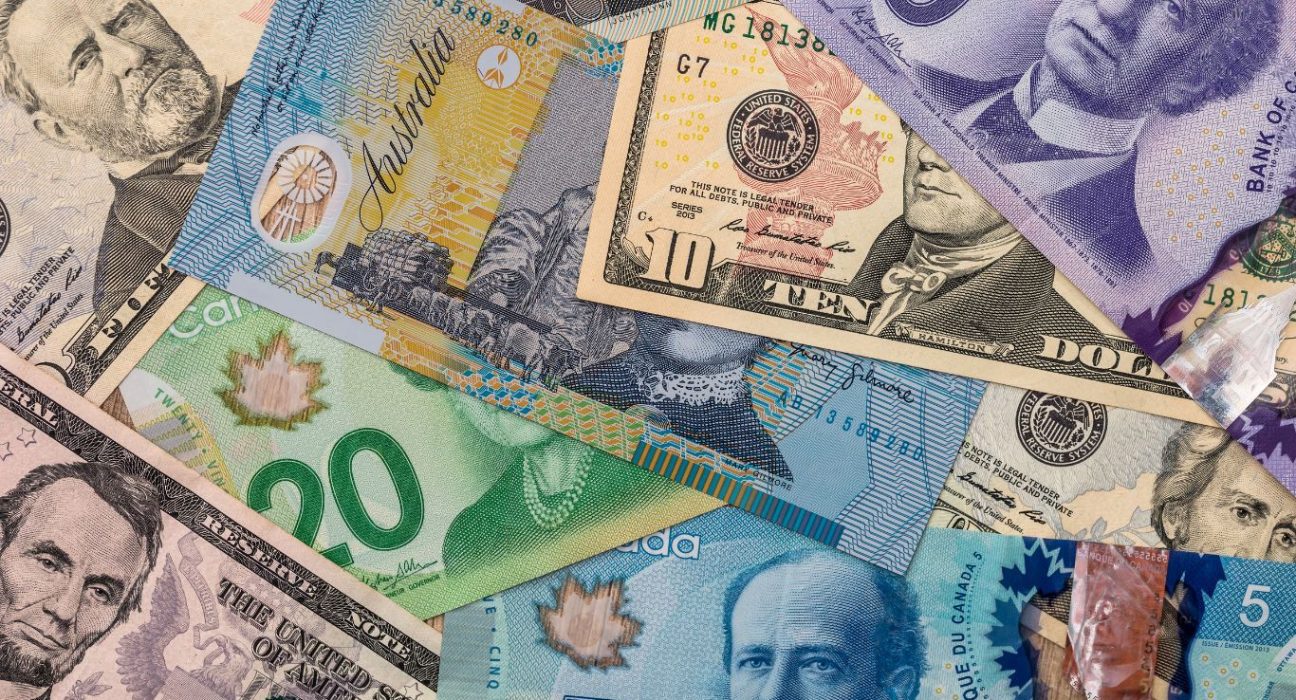The Australian dollar faced a significant setback in the currency markets, experiencing a decline of 0.67% and reaching $0.6641. This development has sparked concerns among traders and investors, highlighting the need to examine the factors behind this downward movement. In this article, we will delve into the reasons behind the Australian dollar’s decline, analyze the implications of this trend, and provide insights into the potential impact on the broader market.
The Australian dollar, often referred to as the “Aussie,” has been subject to increased volatility in recent times. Market volatility refers to the fluctuation in currency values due to economic and political factors that influence supply and demand. The Aussie’s decline of 0.67% to $0.6641 suggests a loss in confidence among investors, prompting a closer examination of the contributing factors.
Global economic factors have played a significant role in the Australian dollar’s decline. The ongoing trade tensions between major economies and uncertainties surrounding international agreements have created an atmosphere of caution in the currency markets. Additionally, economic indicators, such as GDP growth, inflation rates, and employment figures, affect investor sentiment towards the Australian dollar. Fluctuations in these indicators can impact the value of the currency, leading to market movements like the recent decline.
Domestic economic conditions also contribute to the Australian dollar’s performance. Factors such as interest rates, fiscal policies, and economic stability influence investor confidence in the currency. Recently, concerns have arisen regarding Australia’s economic growth outlook, leading to a decrease in demand for the Aussie. The impact of COVID-19 on various sectors, including tourism and exports, has contributed to this uncertainty, exacerbating the decline in the Australian dollar.
Australia’s status as a major exporter of commodities, particularly iron ore and coal, has a significant influence on the value of its currency. Fluctuations in commodity prices can impact export revenues, trade balances, and investor confidence. Recent declines in global commodity prices, coupled with lower demand from China, have put downward pressure on the Australian dollar. The decrease in demand for commodities has been primarily driven by concerns over global economic growth, trade disputes, and environmental policies.
The monetary policy decisions of the Reserve Bank of Australia (RBA) also play a crucial role in shaping the Australian dollar’s performance. Changes in interest rates, which are decided by the RBA, can affect currency values. Lower interest rates, for instance, can make a currency less attractive to foreign investors, leading to a depreciation in its value. In response to the economic challenges posed by the pandemic, the RBA has adopted accommodative monetary policies, including historically low interest rates. These policy measures have impacted the Australian dollar’s value, contributing to its recent decline.
The decline in the Australian dollar has broader implications for the market and investors. Importers may benefit from a weaker currency, as it reduces the cost of importing goods and services. Conversely, exporters may face challenges, as a weaker currency makes their products relatively more expensive in international markets. Additionally, investors with exposure to Australian assets may experience fluctuations in the value of their investments. The decline in the Australian dollar serves as a reminder of the importance of diversification and risk management strategies in investment portfolios.
The future outlook for the Australian dollar remains uncertain, as it is influenced by various global and domestic factors. Market participants will closely monitor developments in trade relations, economic indicators, commodity prices, and monetary policies to gauge the currency’s trajectory. Investors should exercise caution and consider consulting with financial advisors to navigate potential risks and identify investment opportunities in this dynamic market.
In conclusion, the Australian dollar experienced a 0.67% decline to $0.6641 amid market volatility. Global economic factors, domestic economic conditions, commodity prices, and the Reserve Bank of Australia’s monetary policy all contribute to the currency’s performance. The impact of this decline extends to various market participants, emphasizing the need for careful risk management. By monitoring key indicators and staying informed, investors can navigate the evolving landscape of the Australian dollar and make well-informed investment decisions.










